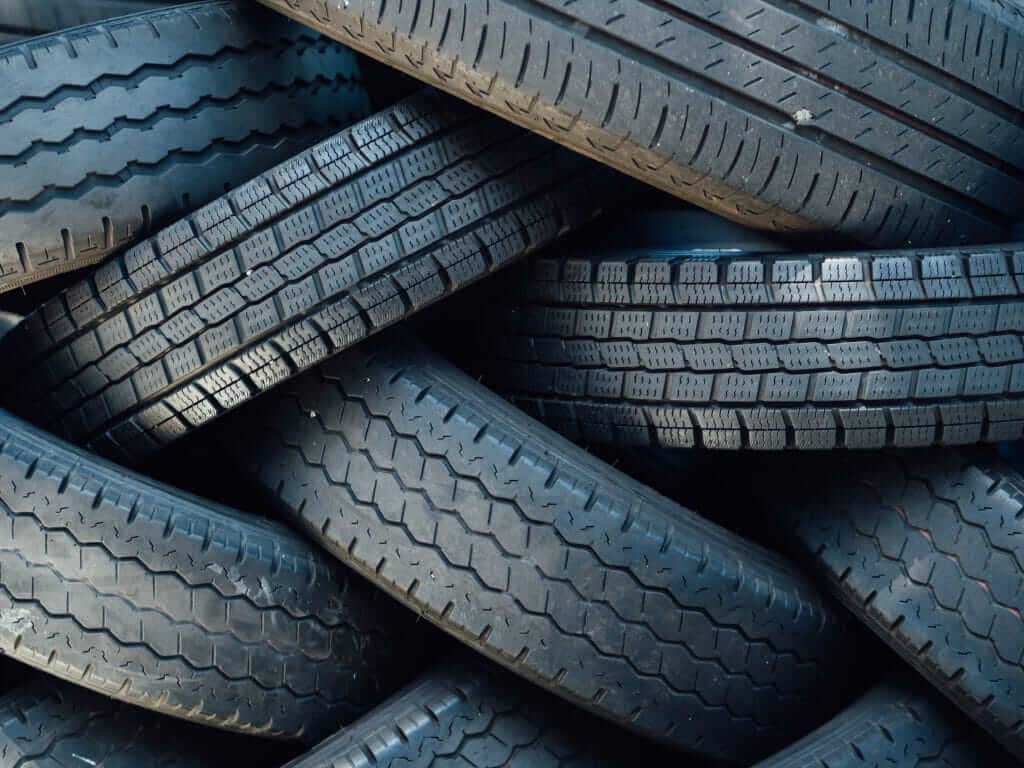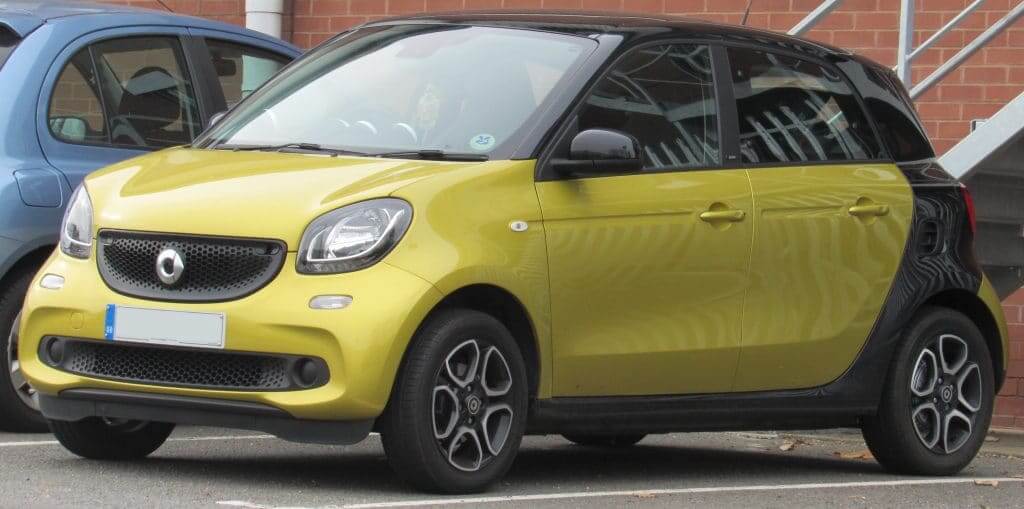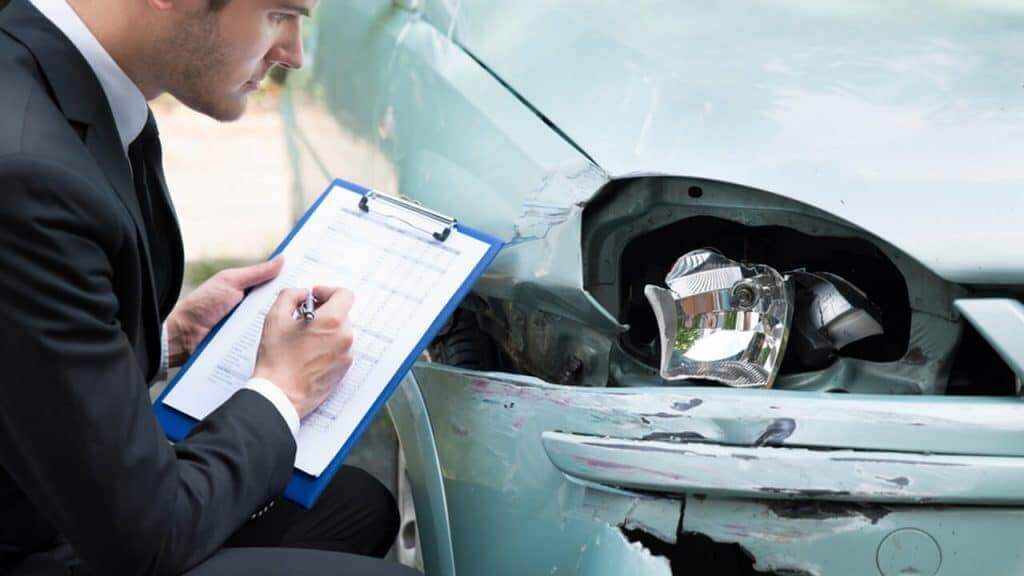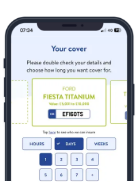With the clocks going back, the nights drawing in and the start of the cold, icy and windy weather, it’s clear that winter has arrived. While the temperature drops, life doesn’t and you’re still going to need your car to get where you need to go. Driving in winter can be laced with danger so it’s time to start preparing yourself and your vehicle for the season.
Many of us may change over to our winter wardrobe and won’t be seen without our coat or favourite hot drink, but so many don’t think about changing the way they drive in snow, ice or any other wintry conditions. At a time when even the shortest journeys can be difficult, it’s crucial to take extra precautions while out on the road.
To help you stay safe, we have put together a list of winter driving tips. This advice can help you combat the cold and get to your destination, wherever you’re going, safely and in good time
How do you prepare your car for winter driving?
Whether you’re making a quick trip to the shops or journeying across the country to visit friends and family as the festive season approaches, you should take care to ensure both you and your vehicle are fully prepared for the journey.
Pack your winter survival kit
When driving in the colder weather, you should always have these essential items packed in your vehicle, especially if you’re planning a long journey. Make sure you pack items that you feel could keep you warm in the event that you do break down.
The following list is not exhaustive and you could take more if you have space:
- Ice scraper
- De-icer spray/extra screen wash
- Torch and batteries
- Warm blankets
- First aid kit
- Warm clothing (coats, jumpers, scarves, gloves etc.)
- Jump leads
- Shovel
- Extra food
Perform your winter car check
While you should always pack the essentials in case something happens, the best way to ensure you don’t have a breakdown is to properly check your vehicle is ready for the colder weather.
If possible, you should have your car serviced before the weather turns colder but if you’re unable to do that, there are a few little checks you can do to make sure it’s ready.
Check your lights
Check that your lights are clean and working properly. With the night’s drawing in, it can be pitch black even in the early evening. Having clear and bright lights on your vehicle, along with a full battery (which you should check before you leave the house) mean that you’ll be able to get a better view of the road, the conditions and other drivers, even in dimly lit areas.
Clear your windscreen and wiper blades
Another way to help increase visibility is to ensure your windscreen is clear from any frost or debris and that your wiper blades don’t leave any smears. If they do and you can’t change them straight away, filling up your washer bottle with screen wash can help clear your view of the journey. You can also use a winter windscreen cover to help protect it from the elements.
You should also be careful that your wiper blades don’t freeze to your windscreen overnight. Do this by lifting them up slightly when you’re not driving.
Do you need winter tyres?
Make sure that your tyre tread and pressure are all in good condition as these can be a big risk on wet and icy roads. Your tyres should have a tread depth of at least 3mm to be safe in winter conditions. Find out more about the minimum legal tyre tread depth in Tempcover’s guide.
Keep an eye on your fluid levels
From screen wash to anti-freeze and oil and petrol, keeping your fluid levels topped up can help reduce the risk of any breakdowns and help improve the performance of your vehicle. You can get special winter windscreen washer fluid that is designed to help prevent your windshield from freezing over in colder temperatures.
Remember how to drive in snow and ice
If there has been snow overnight and you feel you have to travel in the morning, make sure that any ice or snow is cleared from all over your vehicle, including your windscreen. Driving without being able to properly see out of every panel of glass in your vehicle is breaking the Highway Code and could put you, your passengers and other drivers in danger.
While it’s unlikely that you’ll be stopped for having ice and snow on the roof of your vehicle, if it falls off and causes an accident or other issues for other drivers, you could face penalty points and fines for driving without due consideration.
Rule 229 of The Highway Code states you must ‘remove all snow that might fall off into the path of other road users’.
Plan your route
It doesn’t matter how much you feel you and your vehicle are prepared, you should only travel in difficult, wintery conditions if it’s absolutely necessary. Driving in heavy rain or snow and in icy and wet conditions can be extremely dangerous so think carefully about how important this journey is.
If you have to drive in winter conditions, make sure you’ve followed the preparation advice above and think carefully about the route you take. Check local weather for conditions and any road closures and always have a backup route in case the way you’re going gets blocked. Try to avoid rural roads that can be dangerous in the winter.
More advice for driving in winter
Driving in winter conditions
From rain, wind and fog to snow and black ice, winter can bring with it many different conditions. It’s important to prepare both yourself and your vehicle for all kinds of drives. You should perform a number of checks before hitting the road.
Driving in snow or ice
The safest thing you can do while driving in dangerous conditions is to drive slowly. Reducing your speed may add time to your journey but it could also stop accidents from happening. Give yourself more time to move lanes and manoeuvre to reduce your risk of crashing.
Braking and accelerating should be done with care and reduced speed. The stopping distance while driving in icy conditions increases, meaning you should make sure you ease up well in advance of stopping. Leave at least 8 to 10 seconds before fully coming to your stop. Accelerating slowly will also help you avoid skidding.
Keep your windscreen and mirrors clear at all times. It’s likely that the snow and fog would cause bad visibility. While your windscreen wipers may well take care of most of your problems, you should stop if you are struggling to see and need to clean them more thoroughly.
If you’re driving on a motorway, look out for which lane is in the best condition and try to stick to it. You’ll find that other drivers will be doing the same if they are sensible.
Remember to use dipped headlights if the road is clear. This will increase your visibility. Try not to use fog lights unless absolutely necessary if there are other drivers on the road. Shining these on other road users could dazzle them and lead to some dangerous or unsafe driving.
Winter car maintenance tips
- Check battery health – The average lifespan of a car battery tends to be between three and five years (electric car batteries tend to last longer, almost 10 years on average). Winter conditions put extra strain on the batteries due to drivers using the heating, lights and wipers on a more regular basis. Keep an eye out for the warning light on your dashboard and other signs it’s failing like the engine struggling when you start the car or electronics failing.
- Check your lights – If your lights are dimmer than usual, this could be a sign that your battery is starting to fail. With darker weather, it’s also very important that your car is visible so ensure they’re bright enough before you head off on any journey. If they get dirty, you should also give them a quick clean.
- Check wiper blades – Replace any broken wiper blades during the winter season and make sure you turn them off when you leave the car. If they get stuck to the windscreen during a frosty spell, they could not only break themselves (making it hard to see while driving along) but also damage your windscreen, which could be costly to repair.
- Check your tyres – Keep an eye on your tyres. If they have a puncture or split, this could be very dangerous when driving in more treacherous conditions. Ensure they have a tread depth of at least 3mm.
- Top up your screenwash – Check your screenwash before driving. If you use one that protects to at least -35°, this will help reduce the chance of the water freezing over, ensuring your wipers still work as they should.
- Keep your fuel topped up – There could be a number of unexpected delays over the course of the winter months. Don’t let your petrol get too low in case you get stuck. Keep at least a quarter of a tank in case of emergency.
- Use a windscreen cover – A simple cover can help prevent windscreens from freezing over or getting covered in snow. This barrier will protect your glass from the elements and can be easily brushed off or wiped down. You need to make sure it’s secured tightly and that your car is locked overnight. Also make sure it’s the right size.
- Consider winter tyres – Other useful additions for driving in treacherous conditions include winter tyres, snow socks or snow chains. Winter tyres offer better traction and shorter braking distances but involve replacing your current tyres, snow socks are easy to fit and provide extra grip but tend to be less durable than snow chains. These metal chains provide great traction but can be difficult to apply and damage your tyres if not installed correctly.
Advice for driving in winter
You might be wondering what you should do when you’re driving in snowy or wintry conditions for the first time. The most important thing is to stay calm and responsible. Leave more room between you and the car in front and keep in mind there may be larger stopping distances.
Think about how you accelerate, brake and steer when the car could slip on the surface. Be cautious, drive at a slower speed in a higher gear to avoid wheel spin and improve traction and plan accordingly. Allow yourself extra time to get where you need to go. Check the weather forecast in the days leading up to your journey so that you know what to expect.
Anticipate that there could be delays and plan your routes accordingly. Keep an eye on Google Maps and local news outlets for traffic warnings. If you normally drive through country roads that haven’t been gritted, think about using the busier roads to avoid potentially hazardous conditions and maybe leave earlier to beat the traffic.
How to drive in winter
When driving in winter conditions, you should prioritise safety. As discussed above, it’s important to clear your windows of snow and demist your windscreen before setting off. Prepare for the worst by packing a winter survival kit when heading off on any long journey and make sure you have a warm blanket and clothes, food and drink in case the worst happens.
If you’re nervous about driving in the snow or in wintry conditions, why not ask a more confident driver for a lift? You can get them covered to drive your car using Tempcover’s temporary car insurance.
What to do if your car is stuck in snow
If you get stuck in snow, you should never try to rev your way out of it. This will only make things worse and you could find yourself in more trouble than before. Instead, you should try the following – as long as it is safe to do so:
- Move the vehicle back and forth slowly using the highest gear possible.
- If this doesn’t work, try digging your way out using your shovel.
- Alternatively, contact a breakdown recovery service to get you out.
While you are waiting, make sure you turn the engine off as there is a risk that fumes could get into the vehicle. If the exhaust looks clear, then you can run the engine but try not to do this for more than 10-15 minutes each hour.
Beware of the low winter sun…
One of the most annoying things about driving in the winter is the low winter sun. It can cause glare and make driving in the morning or afternoon incredibly difficult. If your sun visor isn’t helping you see properly, reduce your speed and make sure that both the inside and the outside of your windscreen are clear and streak free.
Tempcover It!
If you need to get to work, sharing the drive could be a great option as it reduces the number of vehicles on the road and you could feel safer with other passengers with you. If you need to be insured to drive another vehicle or want to add a driver to your vehicle, a temporary car insurance policy could be the best option.
You can get cover from just a single hour up to 28 days, depending on your needs. Policies are comprehensive and protect the vehicle owner’s no claims discount if there is an accident. Something that can give you peace of mind when driving in more dangerous conditions.
You can get a quote in under 2 minutes and then you’re covered instantly. Even if you leave it to the last minute, you can still get insurance in the depths of winter.
Frequently Asked Questions
What is the minimum tyre tread depth recommended for safe winter driving?
The legal limit for tyres is 1.6mm, no matter what season of the year. Many experts recommend changing tyres at 3mm to keep you and other road users safe. Find out more in Tempcover’s guide to tyre tread depth.
How long should I start my car before driving in winter?
There are many factors to consider including the age and condition of your vehicle but most modern cars take 30 seconds to a minute to warm up. Some drivers prefer to wait longer than this – anything up to 20 minutes – to ensure every element of the car is warm before driving.
It’s important to stay with the car while it warms up. If you leave the keys in the engine and an opportunistic thief drives off, your claim will be invalid. This is because the keys were left in the car while it was open and unattended.
What’s the best way to control your vehicle when driving in snow or icy conditions?
One way of ensuring you have smoother control when driving in the winter is by using low revs and higher gears. Driving away in second gear will help you avoid slipping and sliding.
Should I drive in snow in a higher or lower gear?
When you’re driving in the snow, you should try to drive in a higher gear with lower revs to maintain control of your vehicle. Ensure there’s a wider space than usual between you and the car in front (and any others on the road) and drive slowly and sensibly.
How long should I start my car before driving in winter?
There are many different opinions when it comes to warming up your engine during the winter months. Although there is a debate about what the optimal time for idling is, many (including Business Insider) experts state 30 seconds to be a good time. Just bear in mind you should have removed any snow from the vehicle before hitting the accelerator.
Do tyres heat up when driving in winter?
Yes, tyres do heat up when driving as even though the surface may be cold, the friction will still be warm. If you’re looking to check or adjust your tyre pressure, check them when they’re cold to ensure accurate readings.
What should I do if I skid on ice in my car?
Ice and black ice are both very difficult to spot. If you find yourself skidding on ice, follow the Metro’s advice and take your foot off the accelerator while trying to steer in the direction of the skid.
Straighten your wheel as soon as the car straightens out. Keep your eyes on the road and where you want to direct the car. Don’t completely brake as this can cause the car to spin, causing even more danger to you and other road users.
Try to remain calm while skidding.







